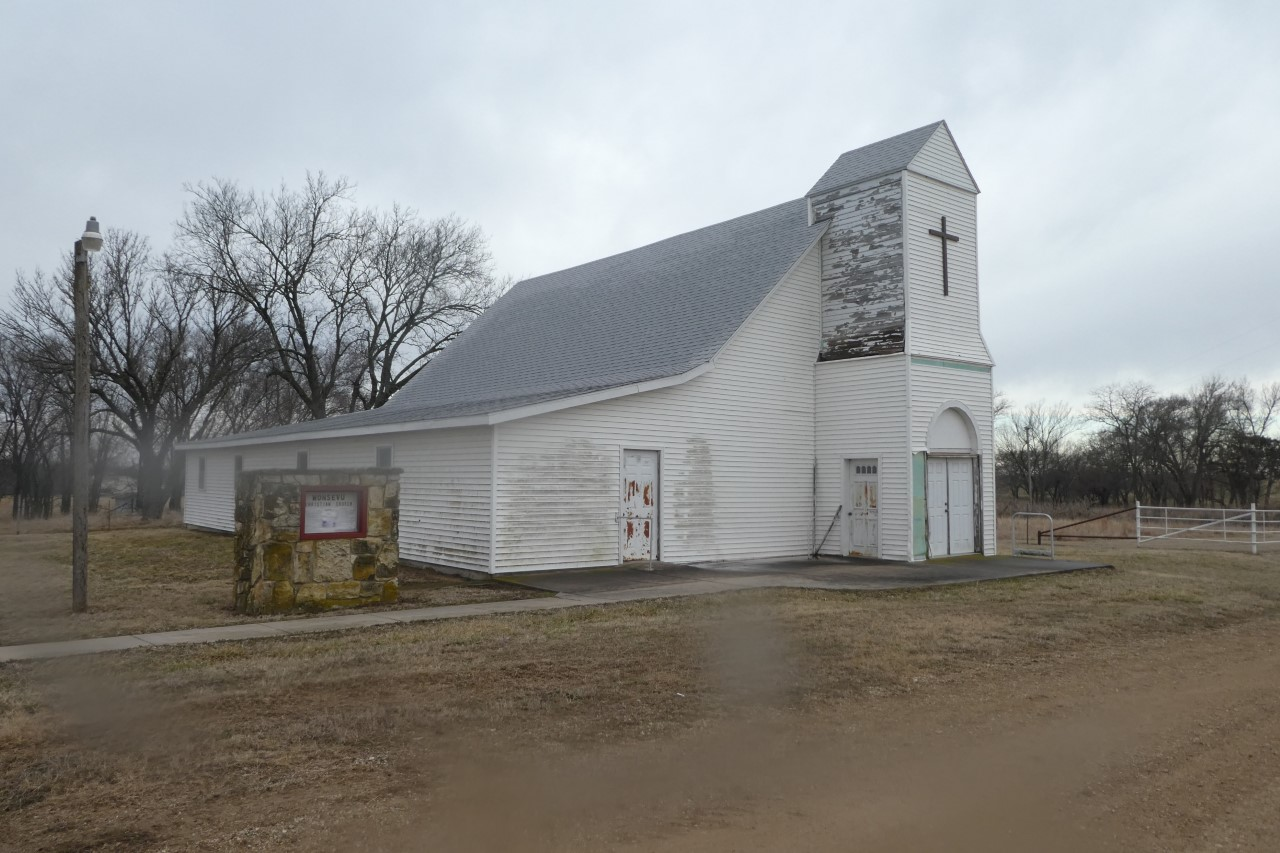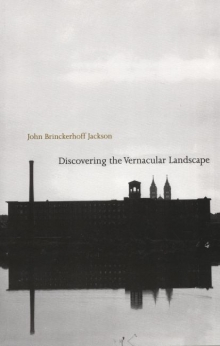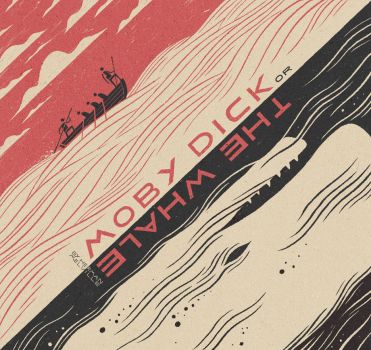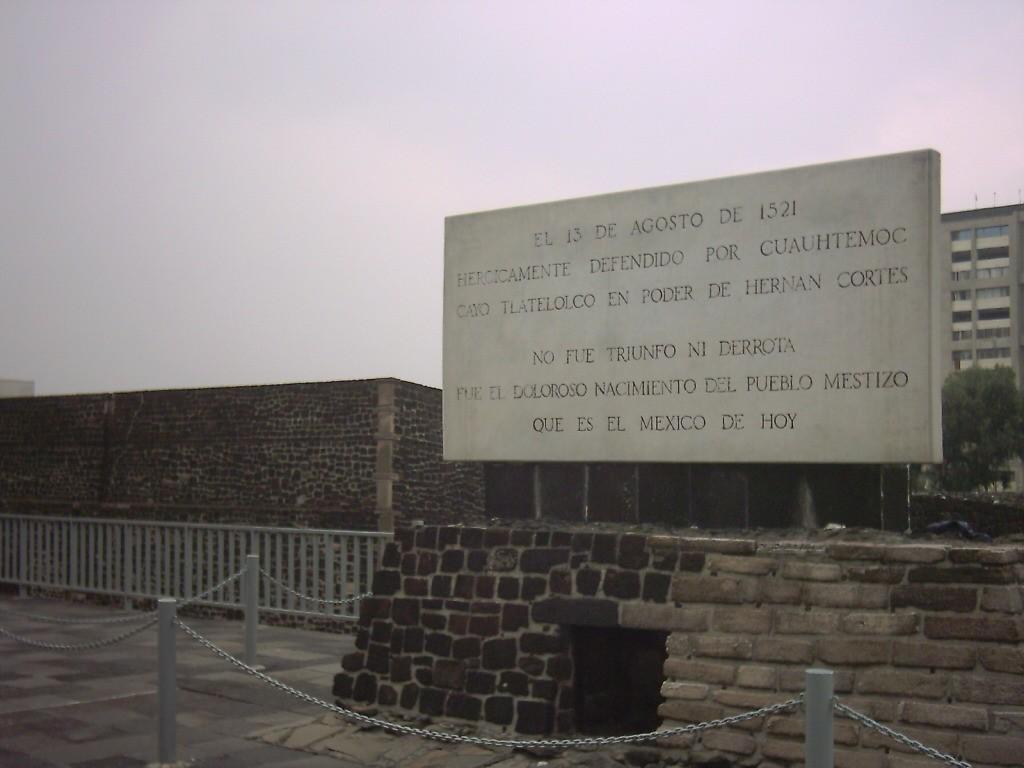
Wonsevu Christian Church. Wonsevu, Chase County, Kansas. Taken by me, March 2019.
The church you see here is, not counting the large barn and cattle pen facing it, one-third of the buildings in the village of Wonsevu [“ONE-seh-voo”], Kansas. There is also a small community hall and a frame one-room school house, built in 1885 and long since closed. The house nearest to these buildings (which happens to be blocked from view by the church in this picture) is between a quarter- and a half-mile away.
You are reading about this because I and some students of mine and two colleagues made Wonsevu our first stop on a driving tour of Chase County, Kansas, this past weekend. For a couple of years now in my first-semester composition classes, I have had the opportunity to teach William Least Heat-Moon’s book PrairyErth, a book whose subject is Chase County, a sparsely-populated farming and ranching county in the Flint Hills about an hour northeast of Wichita. As part of the class, I schedule two optional field trips into the county: the driving tour, in which we visit some of the places Heat-Moon mentions in his book; and a trip to the Tallgrass Prairie National Preserve to have the experience of walking land that still looks pretty much like it did when the Kaw and other tribes lived there. Before this past weekend, these trips, admittedly, had not been ringing successes: students wouldn’t show, or the weather wasn’t ideal. This time, though, two students attended (out of six; a third would have come except that a day or so before he’d gotten a new job), and two of my colleagues joined us as well. Last but certainly not least: the predicted drizzly day never materialized–indeed, after an overcast start, the sun broke through and the day was sunnier and pleasantly cool. But it was at our stop at Wonsevu that, in a small way, the hopes I’d had for teaching Heat-Moon’s book and making the trips out to the county became larger than the logical kind of sense they made for me.
While we walked around the three buildings situated around the T-intersection that constitutes Wonsevu’s center, I pulled out my cellphone to see if I had any messages from my wife. There was no signal out there. I looked around me, and I realized what I was hearing–the wind, some birds–and what I was not hearing–no road noise (the nearest paved road of any kind is about 10 miles away), no trains (the railroads, though frequently traveled in the county, are even farther away), no aircraft overhead. I felt, for a fleeting moment, the full weight of the landscape on me; I offered no resistance to it. I felt the meaning of the concluding lines of Wallace Stevens’ poem “The Snow Man”: I was beholding “Nothing that is not there and the nothing that is” (l. 15). And that’s when I knew with absolute certainty–something the rest of the day only confirmed–that I am right to want to create opportunities for our students to have moments of this full immersion in a space right next door to them that they are almost completely ignorant of, and earn academic credit to boot.





